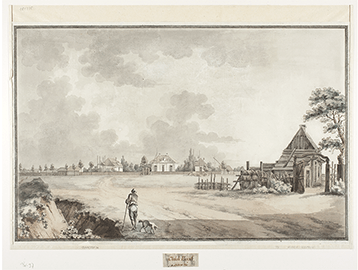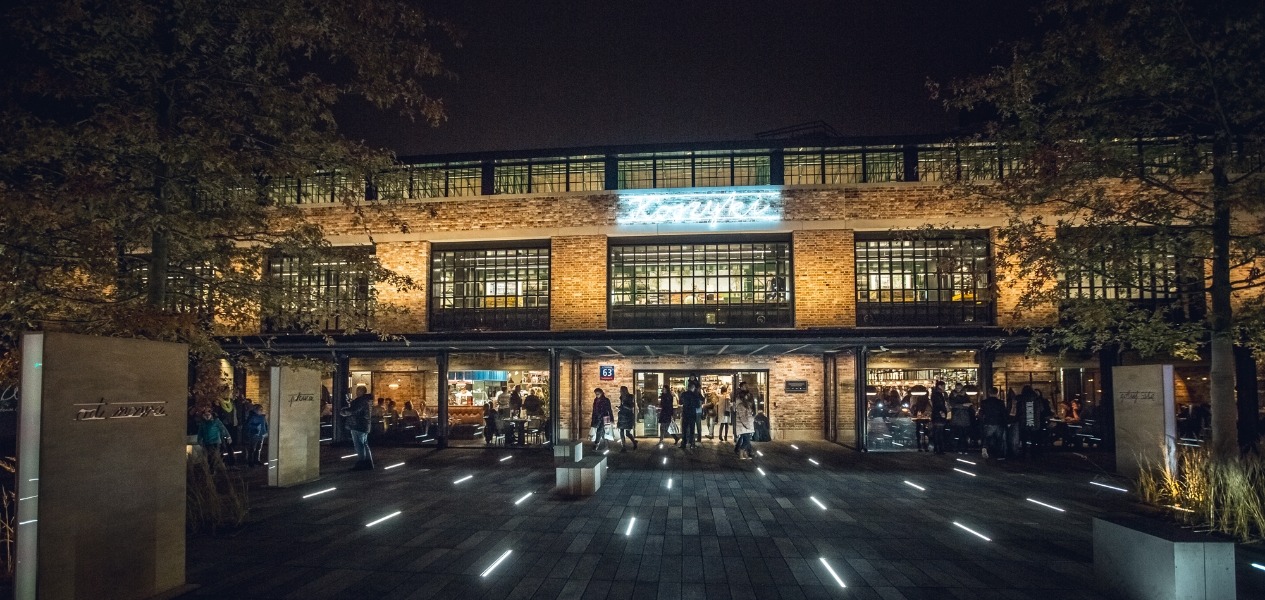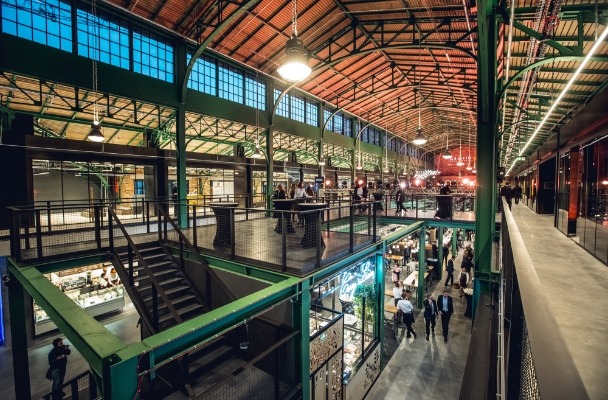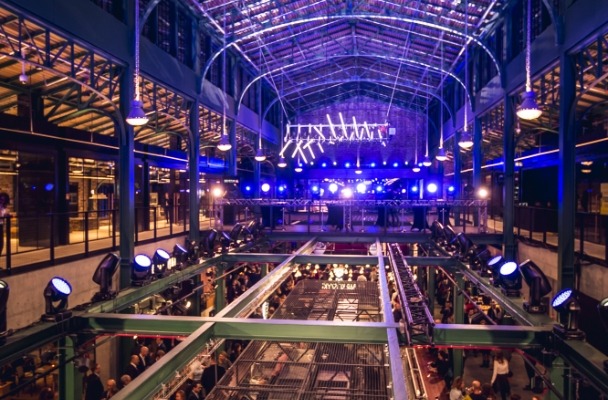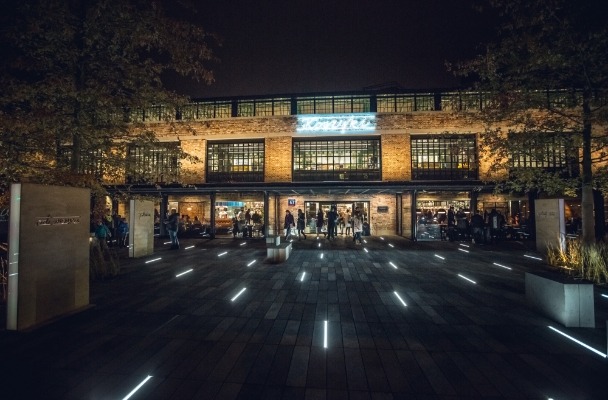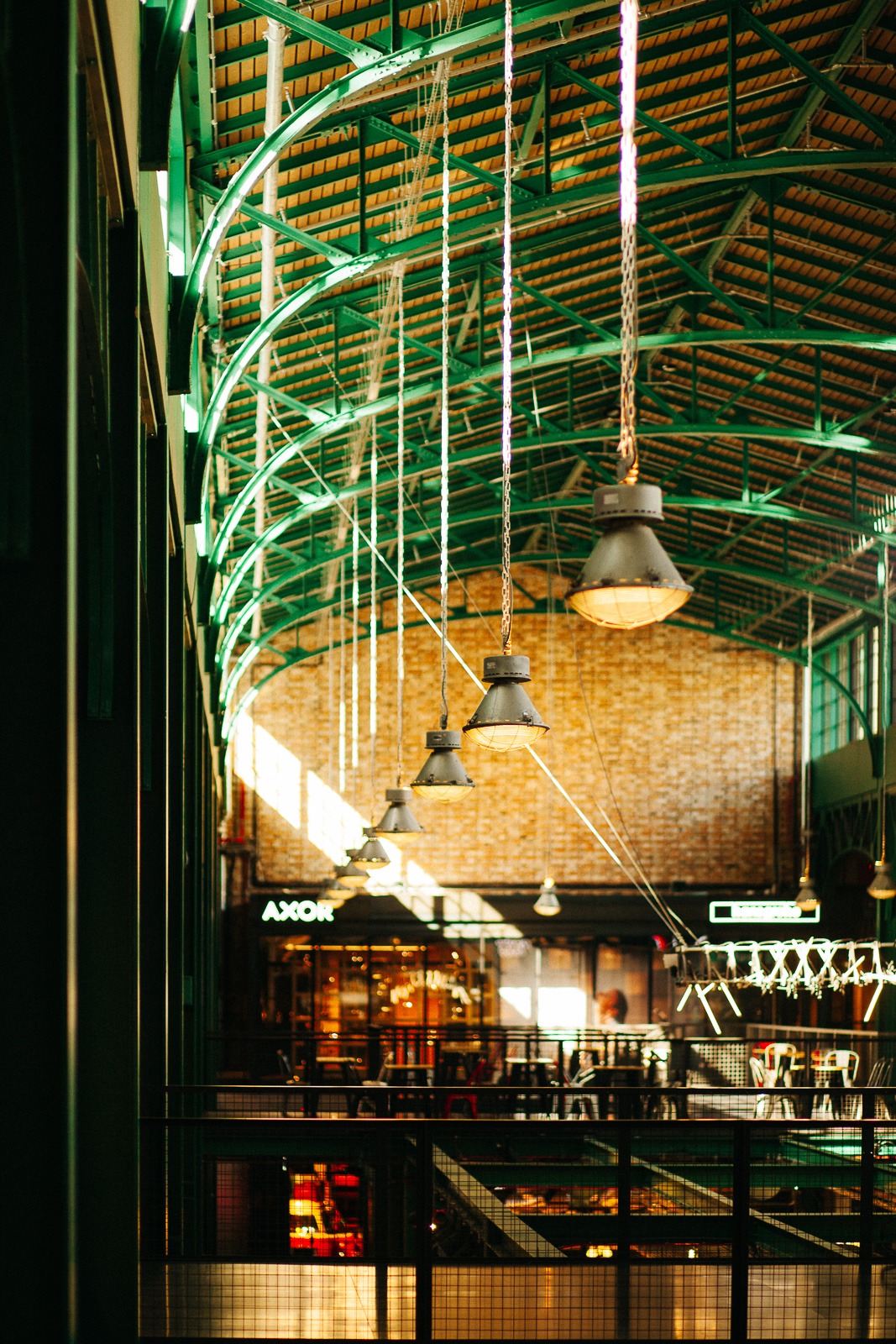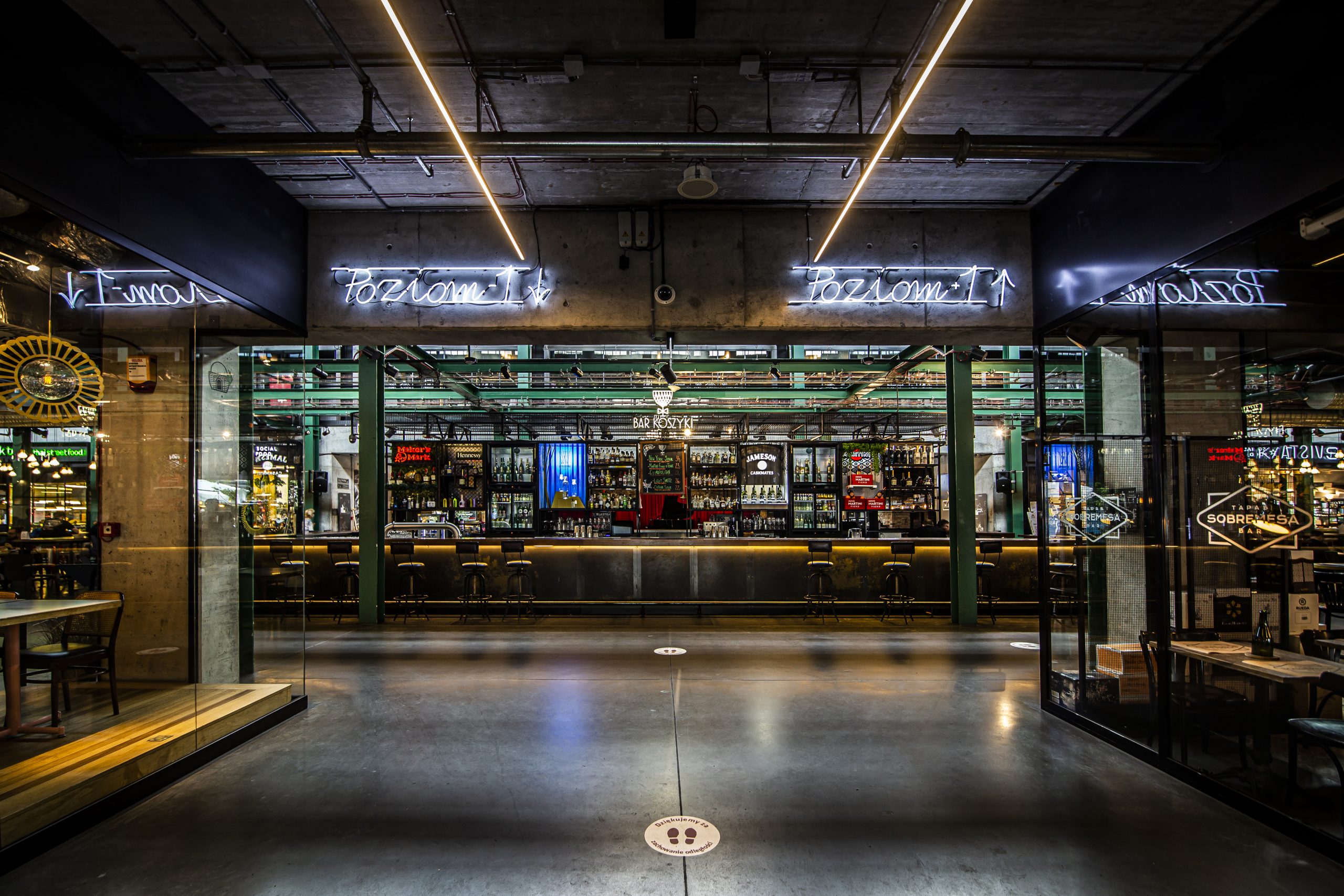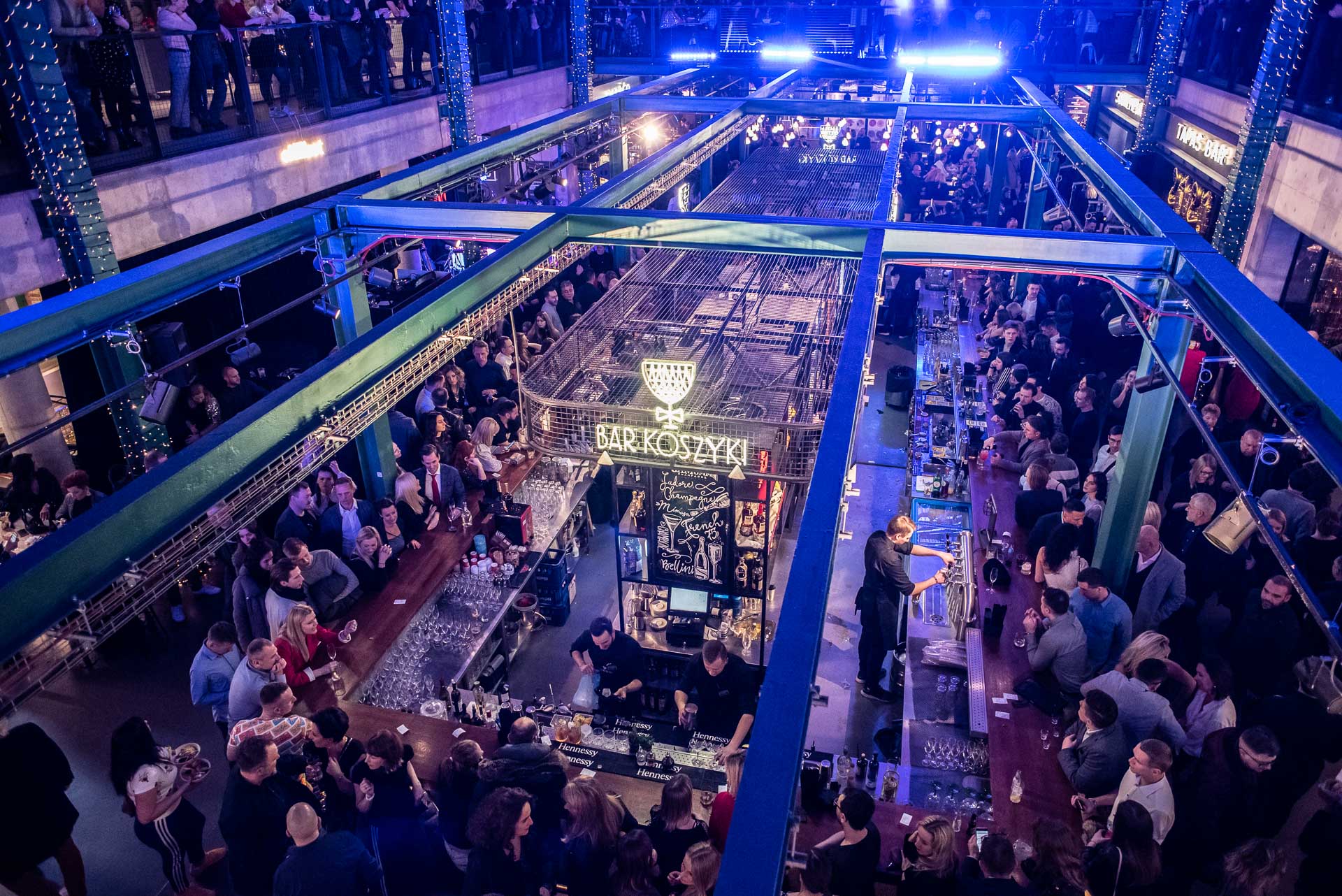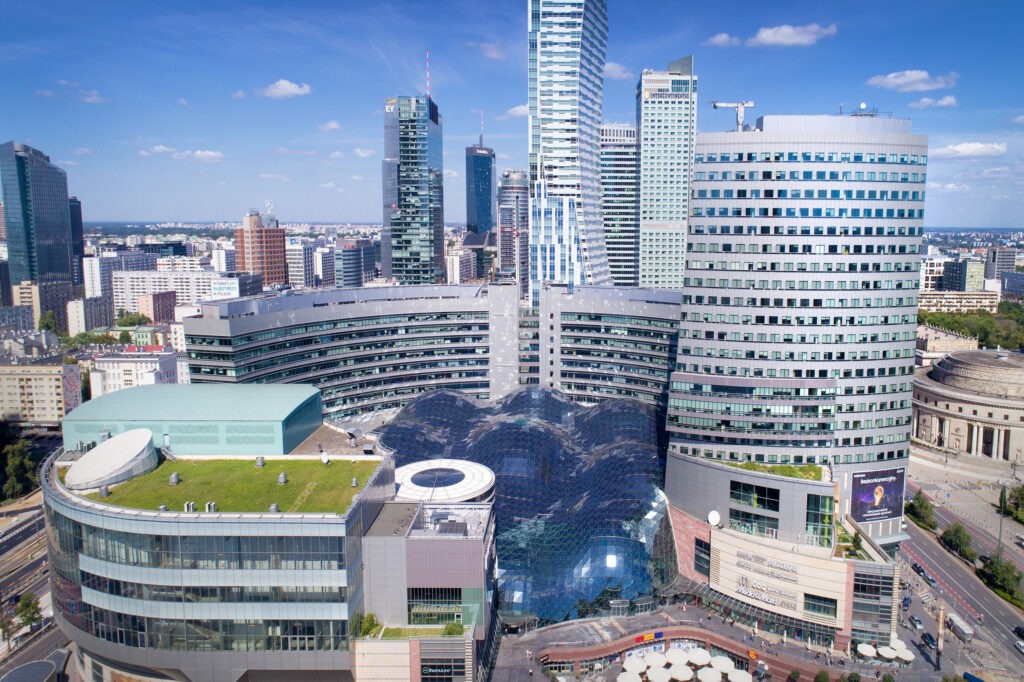Why "Koszyki"? The origin of the name
The name ‘Koszyki’ does not derive from weaving baskets or from shopping baskets. According to a very legitimate source the name comes from the wicker baskets which were to strengthen trenches around Warsaw built by Stanislaw Lubomirski, the Great Crown Marshal. The embankment raised in 1770-1771 was allegedly to protect the city from the cholera epidemic, but more probably it was all about money. The embankment made it impossible to come to the capital ‘just like that’ because the fiscal control was intensified. It went north from today’s Koszykowa Street and although it was deconstructed much earlier, almost until 1916 it marked the boundaries of Warsaw.
What makes it so special?
In 1964 life in Hala changed completely – the building went through a great renovation, and it is said that only then all the private trading was gone from Koszyki and they organised one socialist model department store. Within the supermarket there were a few big shops like the self-service grocery ”1001 drobiazgów”, an industrial shop and “2002 wzory” clothes shop. There were 18 grocery and 32 industrial stands altogether. At the time Koszyki was visited by three thousand people a day and the profit of Hala in 1963 was 190 mln zl., which was 30mln zl. more than in the previous year.
In February 1990 the onset of New Poland brought next revolution to Hala Koszyki – the cooperative department store was spin off from Społem and became a separate self-contained shop. The look of Hala also changed – now, just like whole country, it was colourful and patchy with flashy signboards everywhere. Hala Koszyki was pounding with life again – it was loud and crowded both inside and in front of the store, where market traders and barrowboys came back and were not chased at all. Right next to the people in worn clothes smartly dressed people were doing their shopping, next to Fiat 126p Mercedeses were parking. The products were also tempting everyone because sellers really did try their best, you could often hear that it’s impossible to get something anywhere but in Koszyki. The director Konstanty Ciszewski who lived in adjacent to Hala tenement house at 65 Koszykowa Street liked to do shopping here very much. The sellers from Koszyki knew how to care about their regular customers. They’d phone and say they’d just had delivery of fresh lamb. These people and their approach made us feel like we were at home. Shops were always well sorted and I could buy even fine Georgian wines there – he recollects.
The story of the district and its residents.
Koszykowa Street and its environments became aprosperous district of Warsaw again. – When Hala disappeared we all felt like we were missing something, Elżbieta Wichrowska says. A senior in her job, she had been working as a hairdresser in Koszykowa Street since 1973. While reminiscing about the old times in her hair salon the lively lady with luxuriant hair showed us two bricks – the sign of love for the historic Hala. – I took them from the construction workers in case Koszyki wouldn’t exist anymore, she said. She refers to the old residents of Koszykowa Street as ‘we’, because everyone knows everyone here. Mrs Wichrowska is like an institution – she’ll be working for ever, as her first boss used to say. Her salon, opened in 1904, became an instant love of the film-makers. It has been shown in Wladyslaw Pasikowski’s “Jack Strong” recently. They say that Marshal Piłsudski himself used to come here. A short walk down the street (between Plac Konstytucji and Aleje Niepodległości, which makes a kind of a separate district together with the adjoining Piękna St., Lwowska St. and Noakowskiego St.) is enough to prove the rich history of the place. Mieczyslaw Fogg, a great bard of Warsaw lived at 69 Koszykowa Street, a well-known pilot Stanislaw Wigura set off for his last flight from his apartment at 66 Piękna Street and finally Mira Zimińska-Sygietyńska ,the co-founder of worldwide known Mazowsze lived at Lwowska Street, just about a hundred metres from Hala Koszyki. – It was easy to recognize the pre-war citizens of the neighbourhood, as they used to walk with elegance and grace, Mrs Wichrowska says. Even before the war people described the district as educated – the majority of the citizens were freelancers, doctors and after the war also professors.



